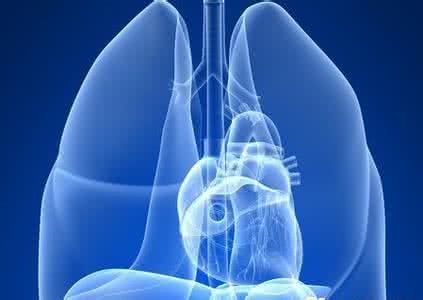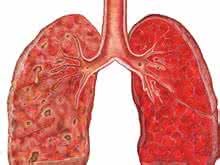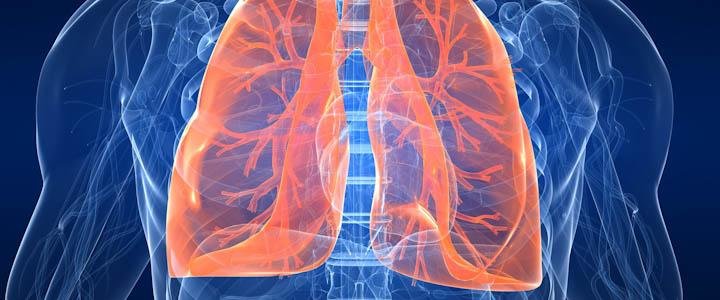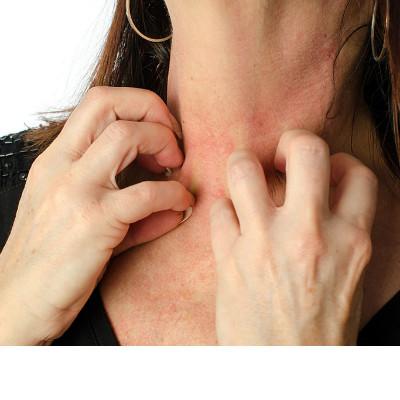How does alveolus albuminosis do?
summary
Pulmonary alveolar proteinosis is a rare disease with unknown causes. It is characterized by insoluble phospholipid rich protein deposition in alveoli or bronchioles. Most of them are young and middle-aged. The incidence of male is about three times that of female. How does alveolus albuminosis do? Let's talk about it
How does alveolus albuminosis do?
The typical symptoms are shortness of breath after activity. Later, when they progress to rest, they also feel shortness of breath, cough white or yellow sputum, fatigue and emaciation. Secondary infection, fever, purulent sputum. A few cases may be asymptomatic, only X-ray abnormal performance. Respiratory dysfunction worsened with the development of the disease, and dyspnea with cyanosis also became more serious.

Whole lung lavage is the most effective method for the treatment of pulmonary alveolar proteinosis. Although there is no randomized controlled study so far, there is sufficient evidence that whole lung lavage can improve the symptoms, exercise tolerance, arterial partial pressure of oxygen, reduce intrapulmonary shunt and improve lung function. In recent years, some scholars have proved that whole lung lavage can improve alveolar macrophage function and reduce the incidence rate of opportunistic infection.

For patients with mild symptoms or mild physiological impairment, mucus dissolving aerosol or oral potassium iodide can be considered, but the effect is not reliable. It was found that trypsin could not digest the deposits in the alveoli of patients with pulmonary alveolar proteinosis, and the course of trypsin inhalation was long,

matters needing attention
1. Avoid mycobacillosis, Karnofsky's lung cyst, pneumonia, cytomegalovirus, etc. 2. Pay attention to exercise and improve immunity. 3. Take more vitamins and foods with the function of nourishing yin and moistening dryness, as well as some traditional Chinese medicines with the function of moisturizing and clearing lung heat, such as ginseng, American ginseng, yam, lily, white fungus, Chuanbei, etc.











